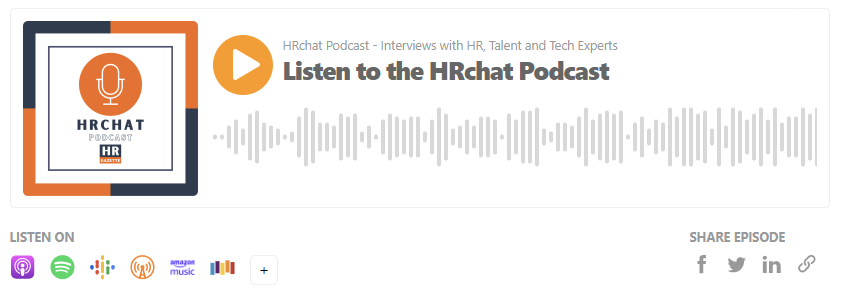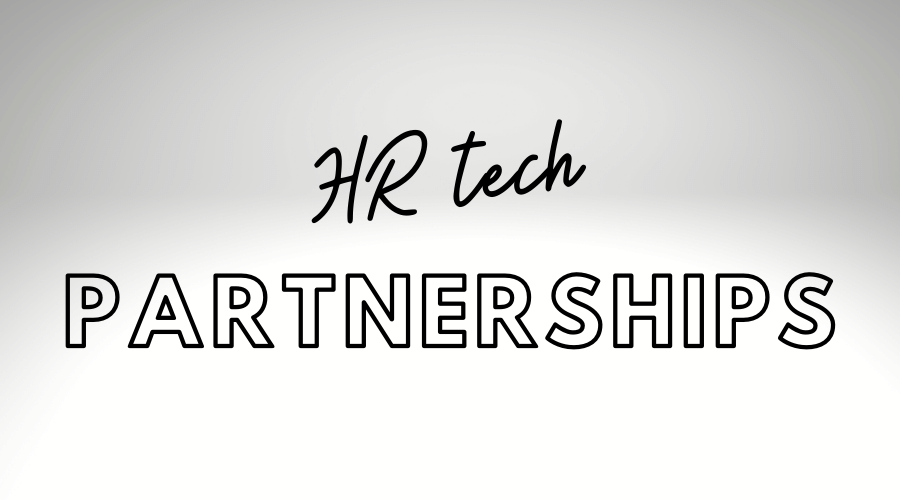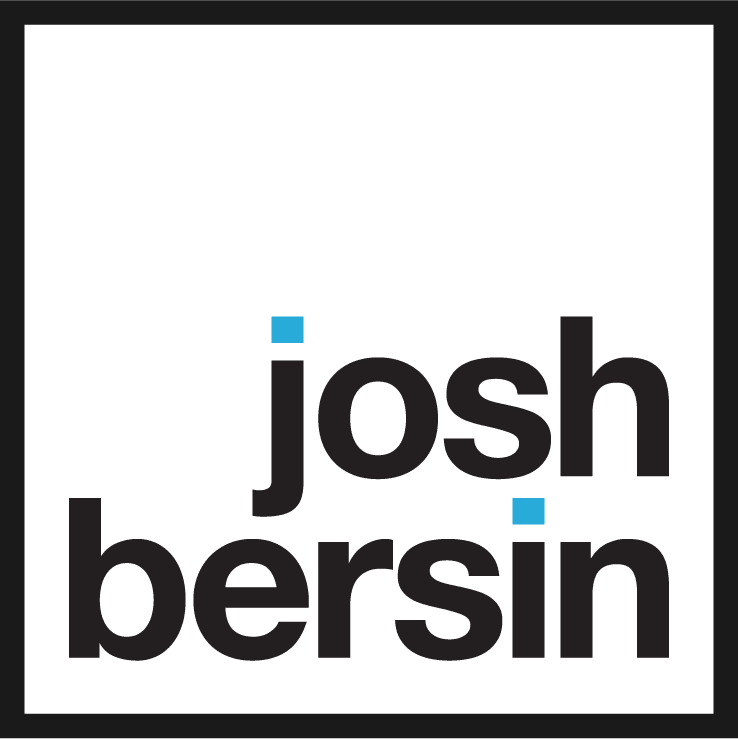The spotlight is shifting from job titles to skillsets. In a recent episode of the HRchat Podcast, I sat down with Shrikant Pattathil, President and CTO at Harbinger Group, to explore why HR and learning technologies must prioritize a skills-first approach to talent intelligence if they want to remain competitive—and how doing so can drive real business outcomes.
Shrikant brings more than 20 years of expertise in digital innovation and product transformation, with a focus on AI and learning. His team at Harbinger has been at the forefront of reshaping how people work and learn, and in this conversation, he offers insights that every HR and business leader should hear.
Why Skills-First, Why Now?
The workplace is more personalized and more automated than ever before. Traditional job descriptions and title-based hiring are no longer sufficient in a world where technology cycles move faster than organizational structures can adapt.
“Skill proficiency,” Shrikant explains, “has become the new currency of workforce agility.”
And the return on investment for making the shift is real. Shrikant shares that companies moving to skills-first models are seeing tangible results, including 25% faster hiring. But the real magic happens beyond talent acquisition. Internal mobility, leadership development, learning personalization, and workforce planning all benefit when organizations understand and act on what their people can do—not just what roles they hold.
The 6 Building Blocks of a Skills-First Talent Intelligence Platform
For companies ready to dive in, Shrikant outlines the core architecture of an effective skills-first system. He identifies six essential components:
- Skills Ontology: A dynamic framework to define and relate skills across roles and business functions.
- AI-Powered Skills Graphs: Visual and semantic representations of how skills relate to each other, enabling better matching and gap analysis.
- Skills Gap Analyzer: A tool to identify where employees or applicants fall short and how they can close the gap.
- Personalization Engine: To tailor learning and development experiences based on individual skill profiles.
- Continuous Feedback Loop: Systems must learn and evolve alongside the organization.
- Integration Frameworks: Skills platforms must plug into existing HRIS, LMS, ATS, and other enterprise systems.
One key message throughout the conversation is that building a skills-first platform is not a one-and-done project. “It’s an ongoing transformation,” Shrikant notes. “The ontology needs to evolve as your organization grows, restructures, and enters new markets.”
What Role Does AI Play?
AI is central to everything from mapping skills to predicting learning needs. In a skills-first system, AI does more than automate—it helps personalize.
“AI helps recognize adjacent skills,” says Shrikant. “It can uncover hidden strengths in employees and suggest unexpected career paths. That’s critical in a world where adaptability is everything.”
But with that power comes responsibility. Ethical AI use, data privacy, and transparency are all top-of-mind issues. Shrikant emphasizes the importance of governance when deploying AI within people systems.
Job Displacement or Job Transformation?
The conversation also explores the elephant in the room: AI-led disruption.
Shrikant offers a balanced view. While 70–80% of employees can be reskilled or upskilled to match evolving roles, 20–25% of positions will face fundamental transformation—or even obsolescence. This underscores the urgency for companies to future-proof their workforce now.
“Skills visibility isn’t just about filling jobs,” he explains. “It’s about knowing who can pivot, who needs support, and where to focus investment. Skills management is your insurance policy against disruption.”
Build or Partner? A Strategic Dilemma
One of the most common challenges HR leaders face when adopting skills-first technology is whether to build custom platforms or partner with external providers. Shrikant recommends a hybrid approach.
“Build the components that are critical to your business identity,” he advises. “Partner where standard functionality exists. That lets you move faster and scale smarter.”
He also encourages HR teams to avoid overengineering in the early stages. “Start small, pilot in one business unit, and learn fast. You don’t need to map every skill in the company overnight.”
Contingent Talent and Centralized Skills Management
Finally, Shrikant reminds us not to forget about contingent workers. In an increasingly project-based, gig-enabled world, freelancers and contract workers play a growing role in many organizations.
“Skills platforms need to be inclusive of all workers,” he says. “You need a centralized skills library that spans full-time, part-time, and project-based roles. That’s what allows true workforce agility.”
Final Thoughts
Shrikant’s insights paint a clear picture: HR tech vendors and organizational leaders alike must embrace a skills-first mindset, not just as a trend, but as a strategic imperative.
The future belongs to those who can measure, mobilize, and multiply the skills within their workforce. And that future is already here.
For more conversations with experts transforming the world of work, subscribe to the HRchat Podcast and visit HRGazette.com for articles, resources, and thought leadership on skills-first transformation.
To learn more about how Harbinger Group is helping companies lead with skills, visit harbingergroup.com.
Related Content






















